A 17-year-old DE patent for digital printing was completely revoked by the BPatG. The patent did not meet the requirement of novelty, the court ruled, thus overturning the contradictory decision of the DPMA.
Internationally protected patent on digital printing
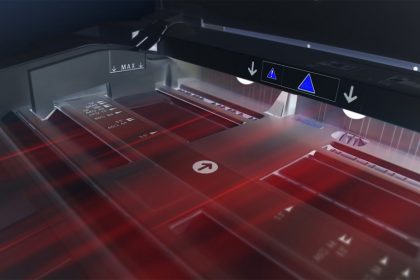 The patent in dispute is protected as German Patent “Method and Device for the Generation of Print Data” (GER Patent No. 11 2004 002 429.3) since 2004 and also as international PCT patent (PCT/JP2004/018213). Patent holder is Ryobi MHI Graphic Technology Ltd. (Japan).
The patent in dispute is protected as German Patent “Method and Device for the Generation of Print Data” (GER Patent No. 11 2004 002 429.3) since 2004 and also as international PCT patent (PCT/JP2004/018213). Patent holder is Ryobi MHI Graphic Technology Ltd. (Japan).
In 2015, the German Patent and Trademark Office (DPMA) rejected an appeal against the patent registration and fully upheld the patent on digital printing. The DPMA did not consider any of the opposing printed matter to be sufficient to evaluate patent claims 1 and 3 as “not novel and not inventive”, as the appeal requested. The main focus was on the aspects of how to correct vector graphics based files containing image objects. In particular, it was not suggested, the DPMA judged, to change the shape of at least one image object embedded in the printed image in addition to the position.
Appeal against the DPMA decision
The opponent’s appeal against this decision was directed before the Federal Patent Court (BPatG), which has now ruled in this case (14 W (pat) 25/15). They argued that the correction step according to claim 1 merely requires that both the position and the shape of a single image object be changed based on corresponding position data and deformation information. And this is precisely the case in E2.
Therefore, E2 also describes the disputed feature, the complaint stated, according to which a correction step is performed to correct at least one of the image object data with respect to elongation or contraction in the direction in which the print medium is expanded or contracted by changing both the position and the shape of the image object on the basis of the corresponding position data and deformation information. In addition, an expert from E2 knows how to change individual image objects. The complainant argued that he could transfer this knowledge to several image objects without any inventive considerations. She therefore requested that the patent be revoked in its entirety.
Publication E2 = expired patent of Heidelberger Druckmaschinen
The court therefore examined above all the 4 main features of patent claim 1 in relation to the opposing publication E2 – which in turn is the already expired German Patent 196 32 674 A1 “Digital Press with Register Control” of Heidelberger Druckmaschinen AG (Germany). The BPatG explained that a patent claim must always be interpreted before assessing patentability, particularly if – as in the present case – the meaning of terms is disputed. With regard to the granted patent claim 1, the question therefore arises in the present case as to the significance of the features M2, M4 and M5.
The court explained that the competent expert was a university engineer (M.Sc.) in the field of printing and media technology, who has relevant professional experience in the field of digital printing.
Main features of the patent claim disclosed in E2?
Feature M2 concerns the generation of print data, whereby the image object data is composed of position data and shape data. However, a further specification of the print data format is not given in claim 1, the BPatG found. However, the description of the patent claim informs that the print data can be available as PDL data (i.e. as PostScript data) and PDF data for the electronic document form data.
Feature M4 in turn requires that both the position and the shape of at least one image object be corrected on the basis of corresponding position and deformation data with regard to elongation or contraction in the direction in which the print medium is extended or contracted. Consequently, feature M4 is already fulfilled when only one image object is corrected, the BPatG concluded.
Finally, the conversion of the corrected machine-independent data into binary, i.e. dot-processable printing plate production data according to feature M5 is described in the contested patent under “binarization of the corrected printing data”, was stated by the BPatG. This is raster data that is available in bitmap format. According to the patent, the conversion is carried out with the aid of a printing plate creation data device, a so-called raster image processor, also known as RIP.
Therefore, the BPatG ruled that the patent in dispute is indeed disclosed by E2 in a manner that is detrimental to novelty. This is because the E2 publication describes a method for correcting register errors in a printing press with several digital imaging units and a raster image processor (RIP) that receives image data in a machine-independent data format and converts it into machine-specific image data before feeding it to the individual imaging units, whereby register errors are corrected by manipulating the machine-independent image data. In the image modifier, the original data set, which is available as a PostScript file, is modified according to the detected register errors before it is fed to the RIP. On the basis of the pre-separated data, which is still in PostScript format, the correction of the register errors is then performed by specific shifting, stretching, or compressing of the entire image content, so that both the position and the shape of the image objects are corrected.
Consequently, the E2 publication reveals a process with the features M1 to M5 according to patent claim 1, the BPatG ruled and decided that the patent in dispute does not fulfill the basic requirement of novelty. The argument of the patent holder, Ryobi MHI Graphic Technology Ltd., that in E2 there is no change in the image data depending on the position of the respective object, was not convincing the court. This is because in the E2 procedure, a shift in the coordinate origin of the PostScript data causes a change in the position of all image objects contained in the PostScript file.
BPatG revokes decision of the DPMA
The BPatG therefore reversed the decision of the DPMA and completely revoked the DE Patent on Digital Printing. Because the secondary patent claim 3 and the respective subordinate patent claims 2 and 4 share the fate of the patent claim 1, as the court added in its decision.
However, the parties to the proceedings are entitled to appeal before the BGH. Whether the patentees will make use of it is open: the patent in dispute is already in its 17th year of validity and only comes into force with a legally binding decision. Moreover: If a patent is declared legally invalid by a decision, this is considered to be from the time of the application (ex tunc = from the beginning). However, interim contracts concerning the patent are not considered to be invalid with retroactive effect; in particular, license agreements remain valid even for a patent that has been declared invalid.
Would you also like to protect or defend your invention?
Our attorneys have many years of expertise in patent law as well as in the entire field of intellectual property and are authorized to represent you in any court – in Germany and internationally.
Please contact us if you are interested.
Sources:
Judgement of BPatG, 14 W (pat) 25/15
Image:
CreaPark | Pixabay.com | CCO License



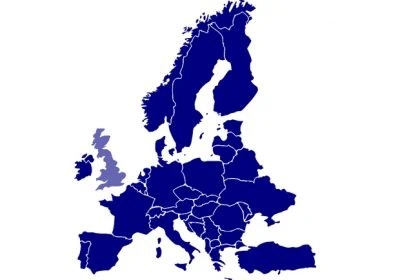
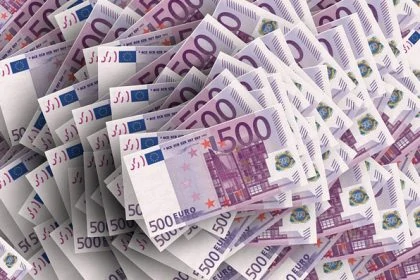
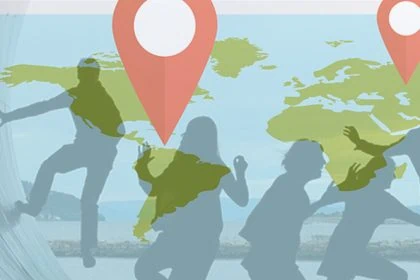
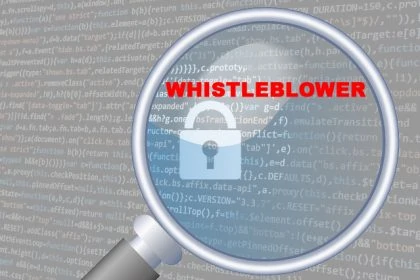
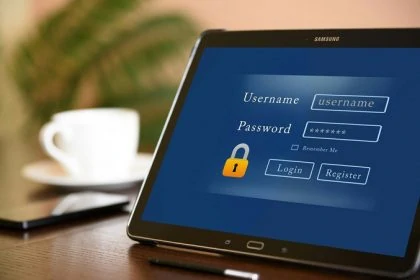
Leave a Reply